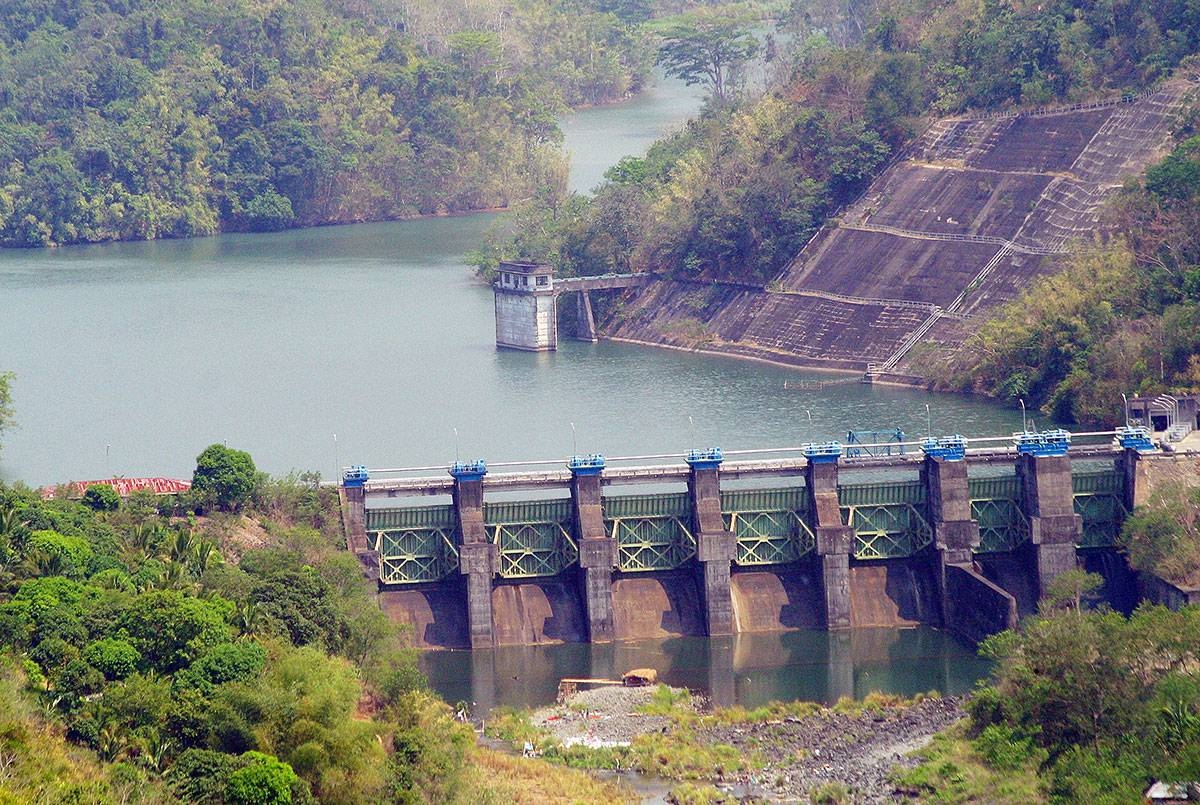The lack of rainfall in Luzon, Philippines has led to a significant drop in water levels in nine dams, including Angat, which is the main source of potable water supply for Metro Manila. The Philippine Atmospheric Geophysical and Astronomical Services Administration (Pagasa) has reported that the water levels in these major dams will continue to recede in the coming days.
Nathaniel Servando, the administrator of Pagasa, expressed confidence that with the current proper planning by the National Water Resources Board (NWRB), water shortage and water rationing are still unlikely at this time.
As of 6 a.m. on Thursday, the water level in Angat Dam in Norzagaray, Bulacan, was at 209.76 meters, which is 2.24 meters lower than its normal high water level (NHWL) of 212 meters. The NHWL represents the highest water level the dam can store or retain, and it is also the spilling level.
In Ipo Dam, also located in Norzagaray, the water level dropped by 1.26 meters, reaching 99.74 meters compared to its NHWL of 101 meters. Similarly, the water elevation of La Mesa Dam in Quezon City decreased to 77.89 meters, compared to its normal water level of 80.15 meters.
Other dams in the region also experienced significant drops in water levels. Ambuklao Dam in Benguet province decreased by 1.09 meters from its NHWL of 752 meters, Binga Dam in the same province dropped by 3.12 meters to 571.88 meters, and San Roque Dam in Pangasinan decreased by 30.96 meters from its NHWL of 280 meters. In Nueva Ecija, the water elevation at Pantabangan Dam was down by 29.44 meters to 191.56 meters, while Magat Dam in Isabela dropped to 182.29 meters from its NHWL of 193 meters. Caliraya Dam in Laguna also experienced a decrease, reaching 287.24 meters from its previous water elevation of 287.40 meters.
Despite these drops, the water level in Angat Dam remains relatively high at 209.76 meters, still above the rule curve at 201.62 meters. Servando assured that the dam can supply all its stakeholders with water, irrigation, and power, as it is 8.1 meters above the rule curve.
Pagasa officials anticipated the decrease in water levels in the country’s major dams, especially with the occurrence of the El Nino phenomenon and the onset of the dry season. Servando emphasized the importance of water conservation, stating that nothing can beat the collective effort of conserving water by using it wisely and efficiently.
As the water levels continue to recede, it is crucial for residents in affected areas to be mindful of their water usage and take steps to conserve water. This includes minimizing water wastage, fixing leaks promptly, and practicing efficient water management techniques.
The NWRB and other relevant authorities should continue to monitor the situation closely and implement necessary measures to ensure a sufficient water supply for Metro Manila and other affected regions. This may include implementing water rationing, promoting public awareness campaigns on water conservation, and exploring alternative water sources.
By working together and adopting responsible water usage practices, communities can mitigate the impact of water shortages and ensure a sustainable water supply for the future.







